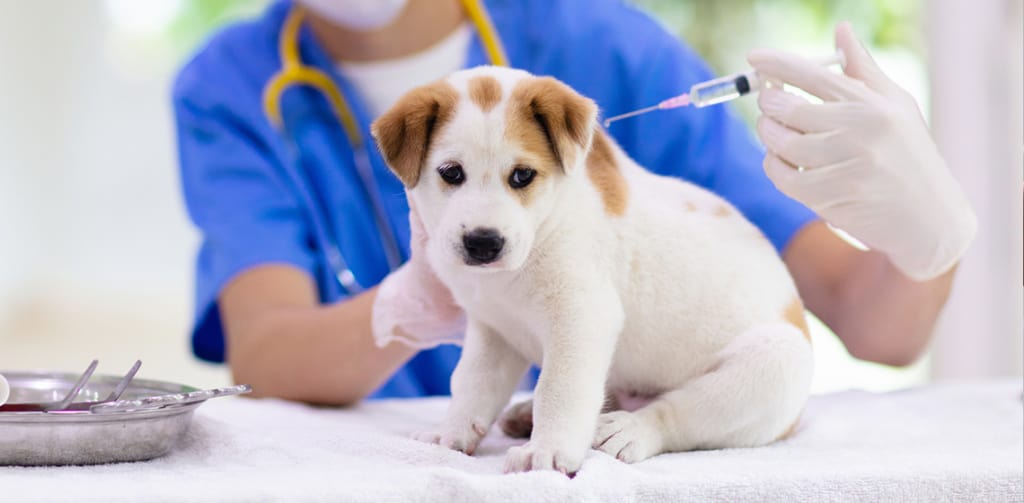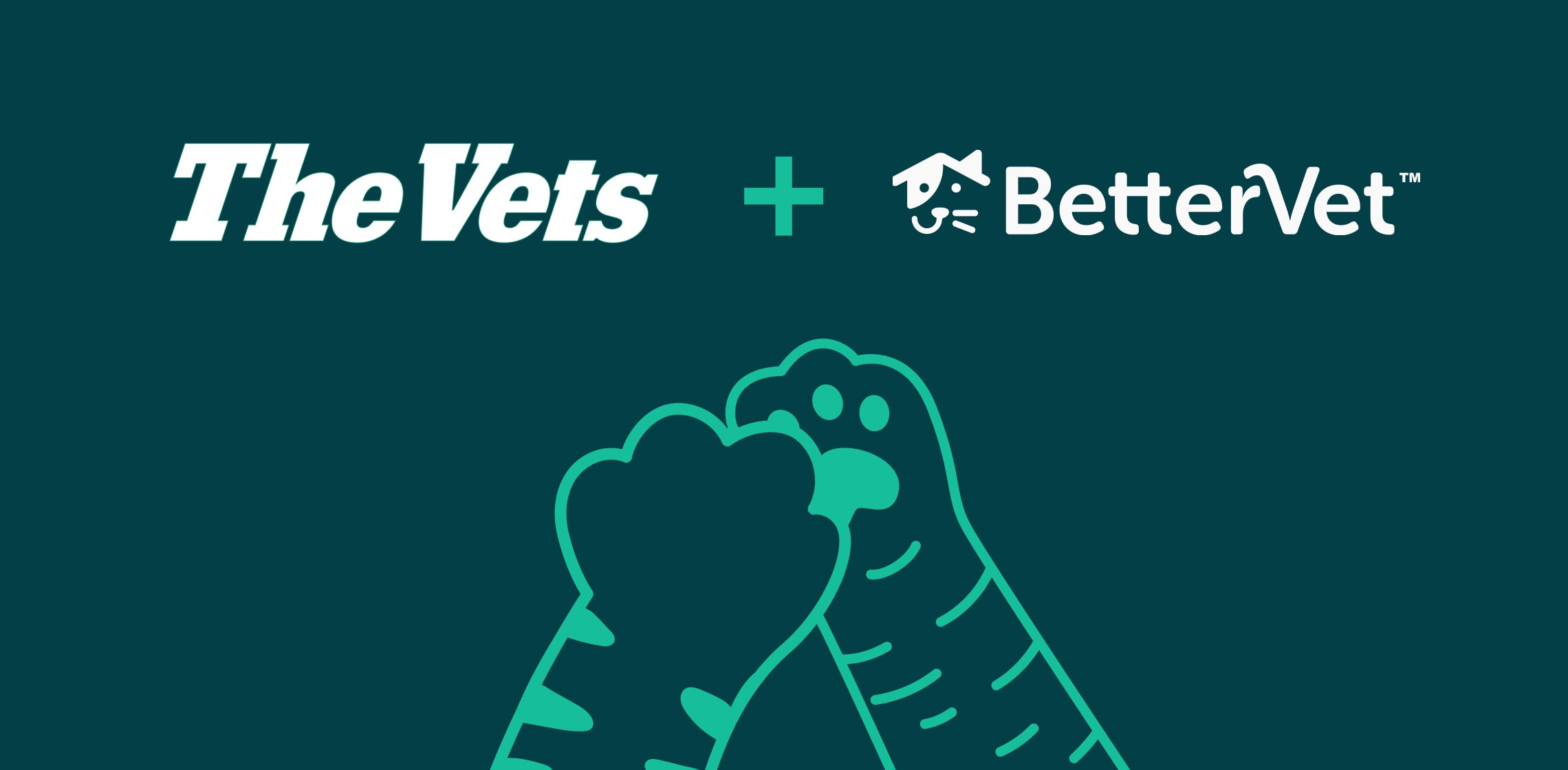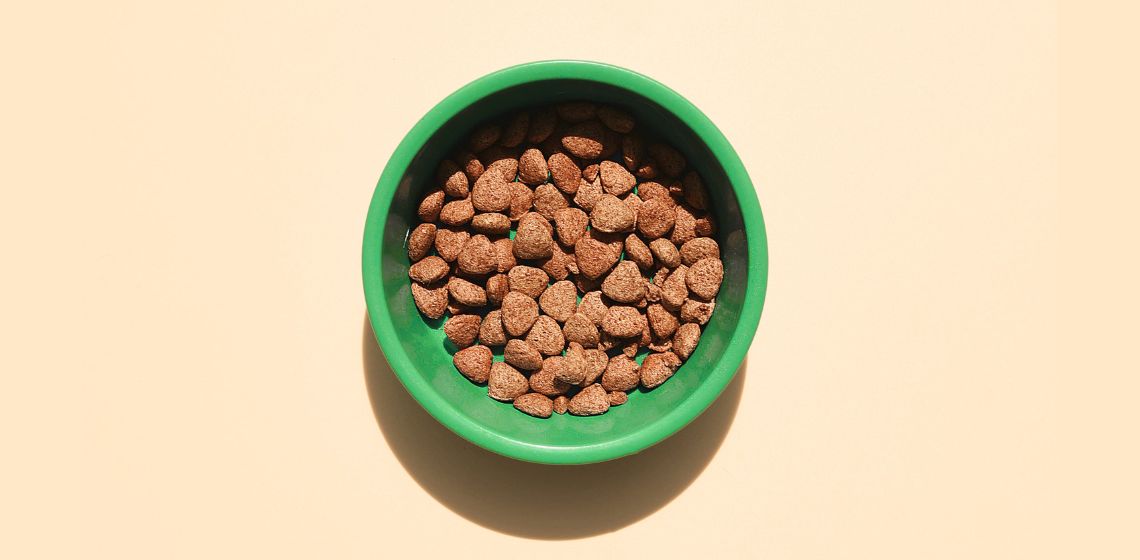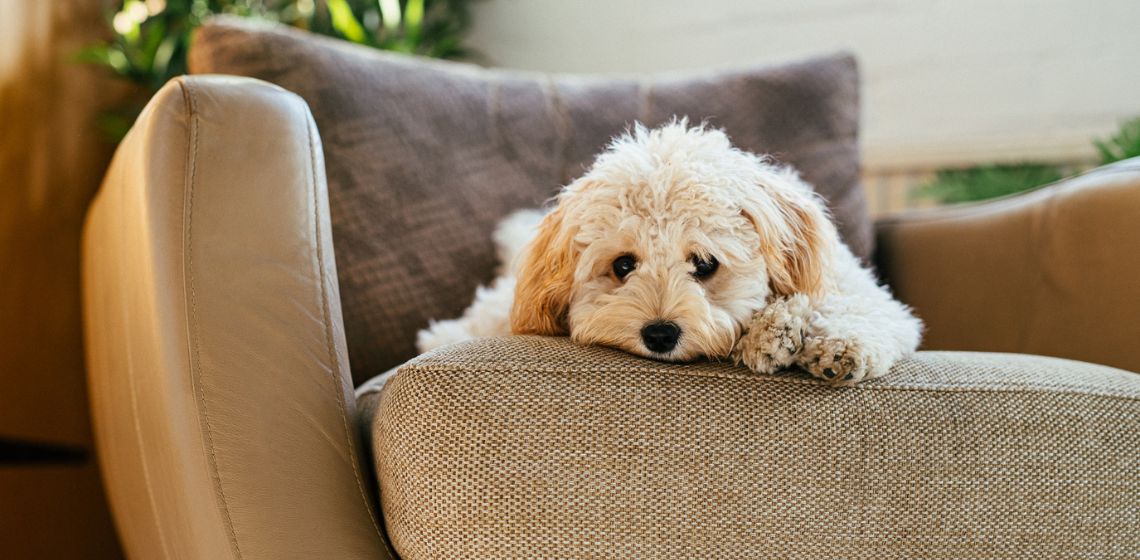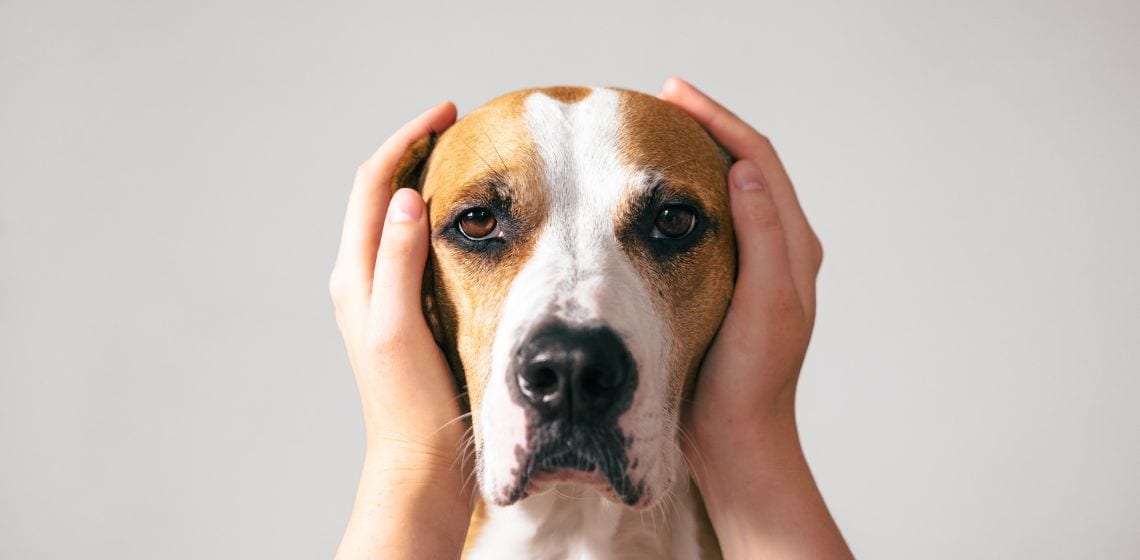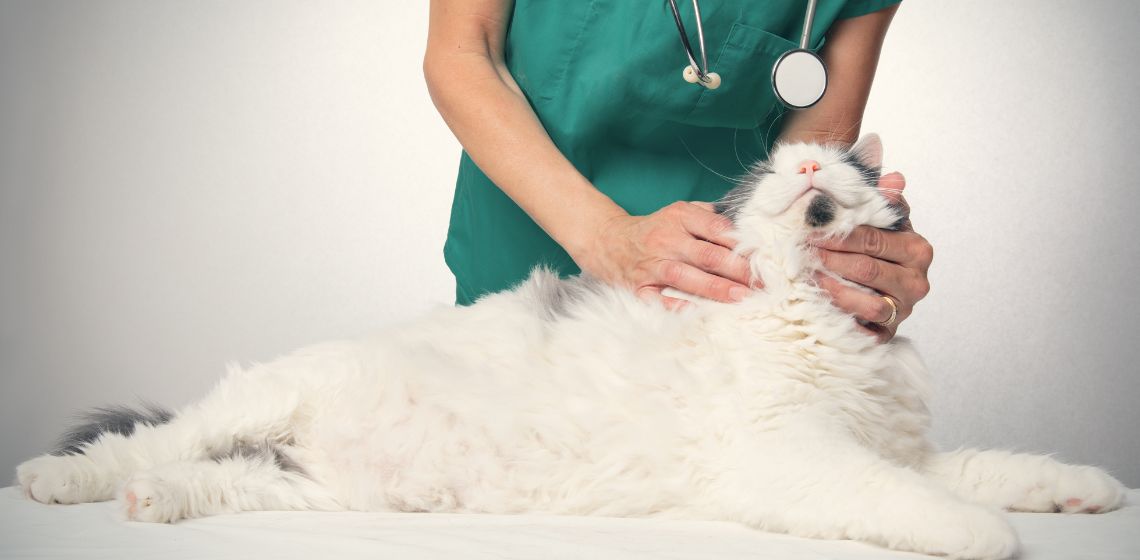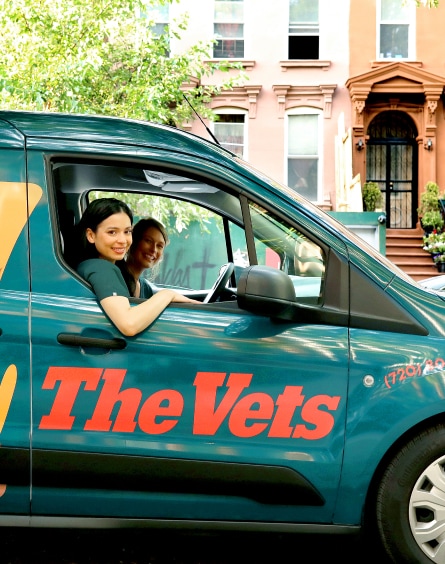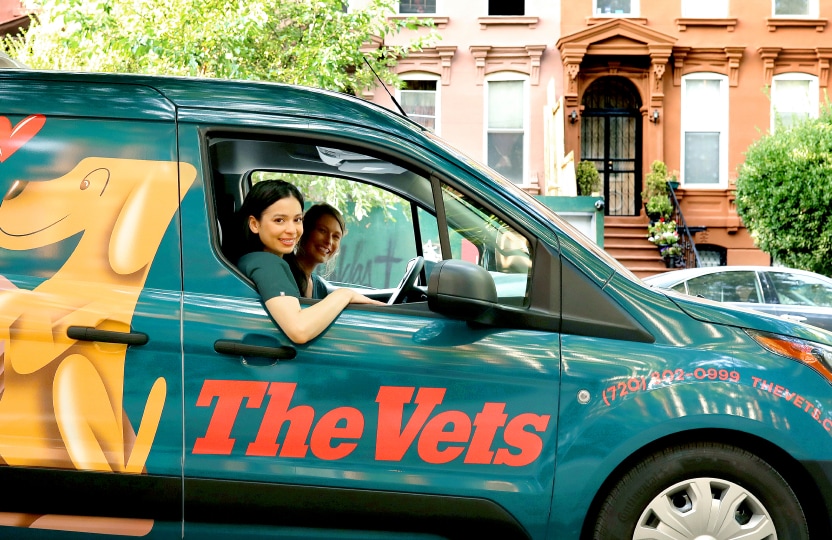If you have a new puppy, you might be aware that they need a course of vaccinations to protect them against various diseases. You might even feel a bit nervous about the prospect of your fur baby having their first shots. So, below we’ve provided all the information you need about puppy shots, including the disease they protect your pup against and how often they need to be given. Hopefully, once you’re aware of the facts, you’ll feel much more confident about taking these steps to keep your pup as healthy as possible.
Table of Contents
What is a vaccination?
Vaccinations are injections that protect your pup from viruses or bacteria (called pathogens). They do this either by preventing your puppy from contracting the disease or by reducing their symptoms. This is usually achieved by injecting a deactivated portion of the pathogen, but sometimes a vaccination contains a tiny amount of the live pathogen or a similar protein.
Once your pup’s immune system has been activated by the vaccination, it will form antibodies to fight the disease and continue to recognize the pathogen so that a quick immune response is possible next time. Most vaccinations don’t give your pup life-long immunity, so booster shots are needed every so often to keep them protected.
Most puppies have three or four doses of the 5-in-1 shot, beginning at six to eight weeks of age and continuing to at least 16 weeks.
What diseases are included in the
5-in-1 vaccination?
The 5-in-1 puppy vaccination is so-called because it covers against five core diseases that are associated with severe illness or even death. These five diseases are:
Canine Distemper Virus
Canine Distemper is a severe disease that affects the nervous system, lungs, skin, intestines, and other areas. It causes symptoms such as vomiting and diarrhea, coughing, fever, and runny eyes and nose, but can also cause changes to the paw pads and nails. It progresses quickly and often causes seizures, paralysis, and death. Sadly, those who survive often have life-long symptoms.
Hepatitis (Canine Adenovirus 1 and 2)
Canine Adenovirus is responsible for two components of the 5-in-1 vaccine. Canine Adenovirus type 1 (CAV-1) causes Canine Infectious Hepatitis. It primarily affects the liver but can also affect the kidneys and commonly causes liver failure, kidney failure, and death. For dogs who manage to fight the infection, the damage to the liver and other organs is often irreversible.
Canine Adenovirus type 2 (CAV-2) is generally less severe than CAV-1, and rather than affecting the liver, it tends to affect the airways. CAV-2 is one of the viruses responsible for Kennel Cough, also known as Canine Infectious Tracheitis. Kennel Cough typically causes a distinctive dry, hacking cough and rarely spreads from the trachea to the lungs. The vast majority of cases are well again after two to four weeks.
Canine Parvovirus
Dogs and puppies who have Parvovirus suffer from profuse, bloody diarrhea and vomiting. The diarrhea is often so severe that the lining of the intestines can be seen within the feces. Affected dogs tend to deteriorate quickly, becoming dehydrated and hypothermic, until they experience organ failure and death. There is no cure, but intensive supportive treatment like a drip, pain relief, antibiotics, and gut protectors can sometimes lead to recovery. Unfortunately, around fifty percent of infected dogs will not recover.
Canine Parainfluenza
Parainfluenza virus is another of the viral causes of Kennel Cough. Because Kennel Cough is so contagious, spreading quickly between dogs, it is sensible to vaccinate against it. Although not all causes of Kennel Cough are contained in the 5-in-1 shot, the vaccination will still cause a reduction in symptoms.
Puppies are very vulnerable to infection in their early years. Hence, it is important to vaccinate them as early as possible.
When should a puppy receive the 5-in-1 vaccinations?
A puppy’s first 5-in-1 shot should be given when they are around six weeks old. The dose is then repeated every two to four weeks until the puppy is 16 weeks old. This means that most puppies get a shot at 6 to 8 weeks, then 12 weeks and 16 weeks. However, if a puppy begins a course of vaccinations when they are older than 16 weeks, they usually only need a course of two injections.
Knowing that puppies over 16 weeks of age need fewer shots might make it tempting to wait. However, the truth is that puppies are very vulnerable to infection in their early years. Hence, it is important to vaccinate them as early as possible.
How long does immunity last?
Depending on where you live, your veterinary clinic’s protocol, and the brand of vaccine used, your pup might need a booster shot every 1 to 3 years. This ensures that their protection doesn’t lapse and will help keep them safe from these serious diseases.
So, what is the shot schedule for a new puppy?
A new puppy should have a 5-in-1 shot at around six weeks of age, and this should be repeated at approximately 12 and 16 weeks old. From 12 weeks, puppies should also be vaccinated against Leptospirosis, and vaccinations against Canine Influenza, Lyme disease, and Rabies are also recommended in some areas.
Taking on a new puppy can be stressful. With vaccinations, parasite control, training, and neutering, it can feel like there are many things to remember. Don’t fret, though – you can always speak to a member of our team who will be happy to help you and your new fur baby get off to the best start!
FAQ
Most puppies have three or four doses of the 5-in-1 shot, beginning at six to eight weeks of age and continuing to at least 16 weeks.
The 7-in-1 shot protects against the same five diseases as the 5-in-1 vaccine. However, it also contains two strains of Leptospirosis, a group of bacteria spread in rat’s urine that cause liver and kidney failure.
The 5-in-1 shot is given as a single injection under the skin. It is usually administered into the scruff of the neck or around the hind legs if there is loose skin.
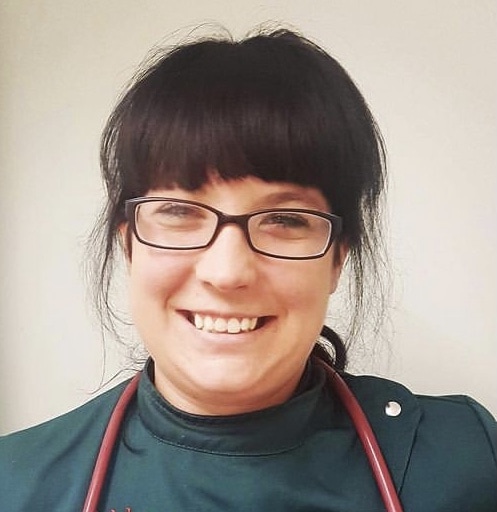
Dr. Hannah Godfrey MRCVS graduated from the Royal Veterinary College in 2011. Although she initially worked in mixed practice treating all species, she found a love for small animal work and has worked exclusively with dogs and cats since 2014. She lives in Wales with her partner, son, and two cats (named Poppy and Ashton Kutcher), and writes comedy fiction in her spare time.
